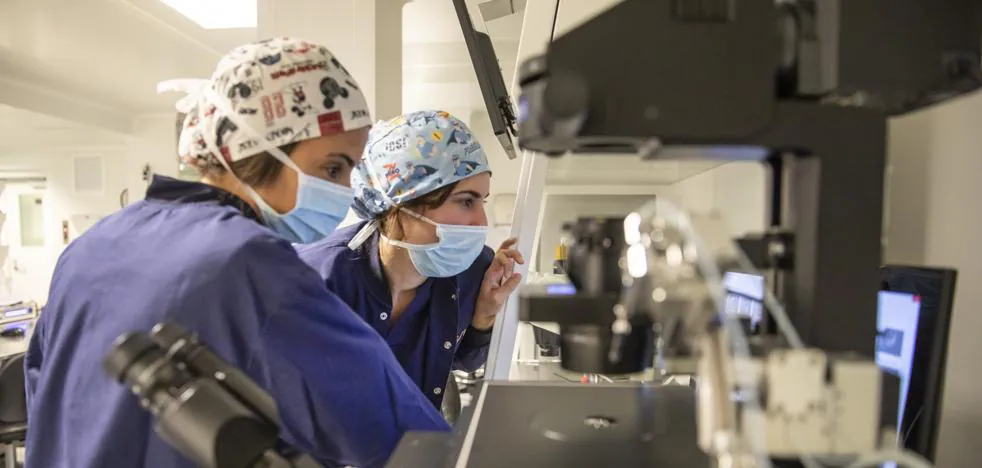Fertility treatments involve many visits to the clinics to be able to do all the monitoring of the process. Or they entailed, since one of these specialized centers has designed a new formula to allow those procedures to continue to be performed without the need to go in person.
Although there are no official figures, the covid-19 pandemic has led to a significant decrease in cases in the field of assisted reproduction. Several estimates made from surveys carried out in these centers, at national and European level, calculate that one in three treatments is no longer carried out.
Juana Crespo, a doctor at one of these fertility clinics, considers in any case that “what is really important is to find a balance between those women who cannot hopelessly wait” on the path of becoming mothers. For this reason, he has devised a new system so that patients can follow up from home.
“The process guarantees that the follow-up of the cycle is similar (saving physical distances) to what it would be done in the event that the patient had to come to the clinic,” he explains. The objective is to reduce face-to-face trips to one or two, and that the rest of the treatment is carried out at home. “With only three ultrasounds we can monitor the patient’s stimulation process, and with two we can know if she is perfectly prepared for transfer”, defends Crespo.
With this system, the clinical history of the patient is made by phone or video call. The results of other medical tests (such as laboratory tests) can also be sent without having to go to the center. Regarding the gynecological examination and the monitoring of the cycle, the clinic explains that they provide the necessary tools so that the patient can undergo a guided gynecological examination at home, assessed remotely by her gynecologist in real time.
When the gynecologist considers that the patient is ready for the ovarian puncture, it will be the first moment in which she has to go to the clinic. Later he will return for the transfer of the embryos.
Same results
The objective is to limit the face-to-face visits of the person who is undergoing the fertilization process to a minimum. «Beyond the consultation itself, which is covered by a gynecologist at all times, it is about bringing the clinic closer to the patient, putting the whole team and our work at her home through different telematic means “, argues this doctor.
Juana Crespo recognizes, however, that not all cases can – at least, at present – be monitored remotely. “We are working to try to make them the maximum number,” he adds, also stating that the results are “exactly the same as we would get if the patient came to the clinic.”
– .


